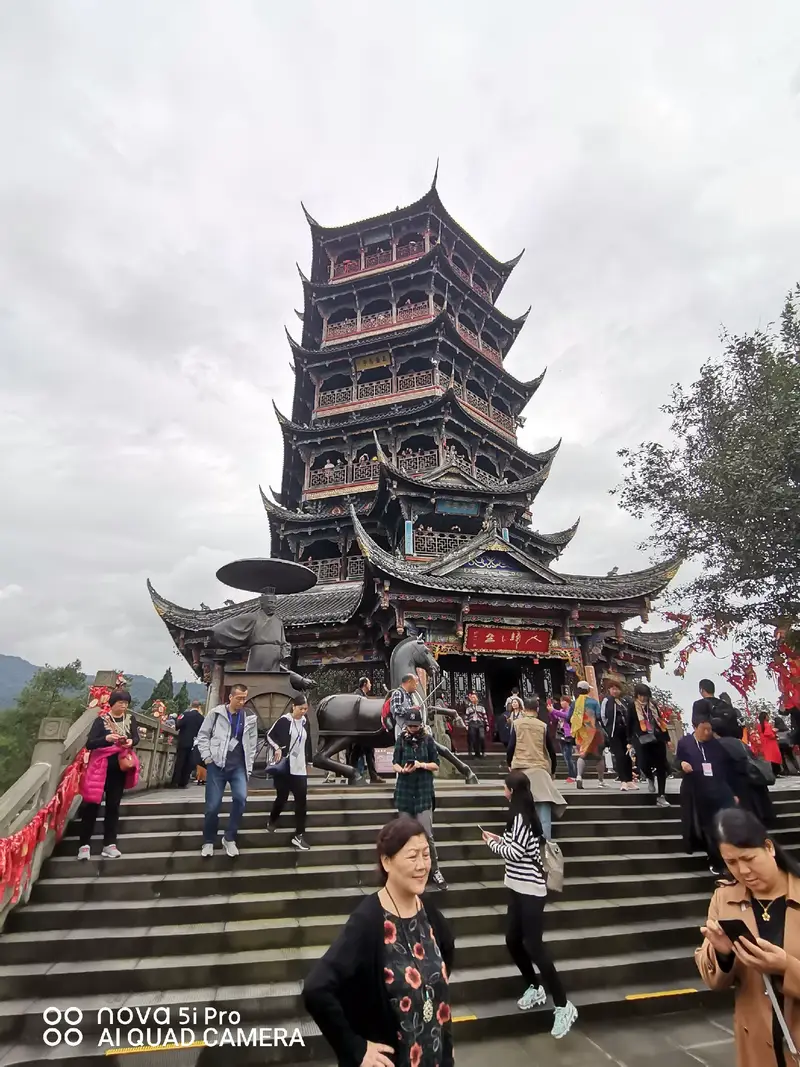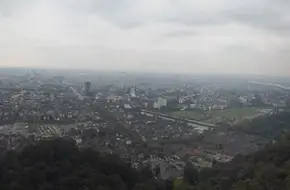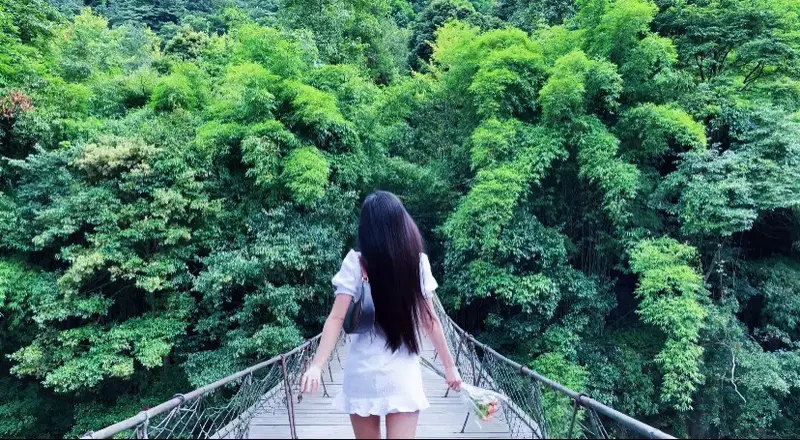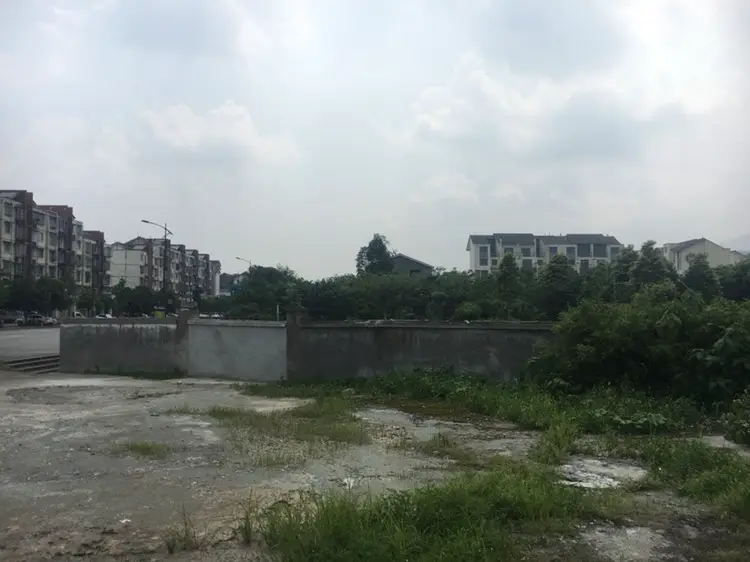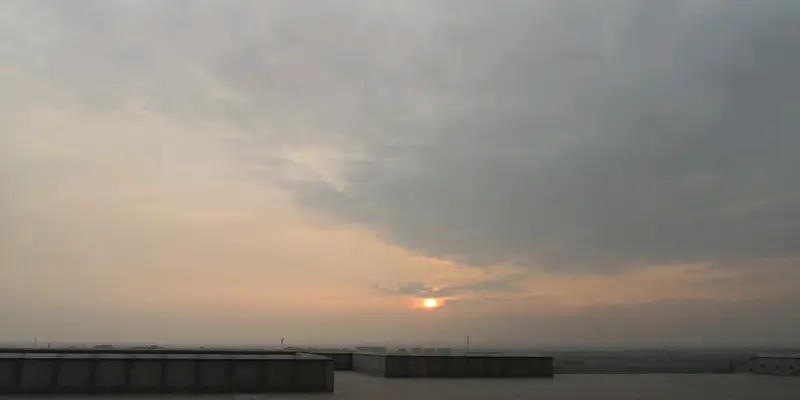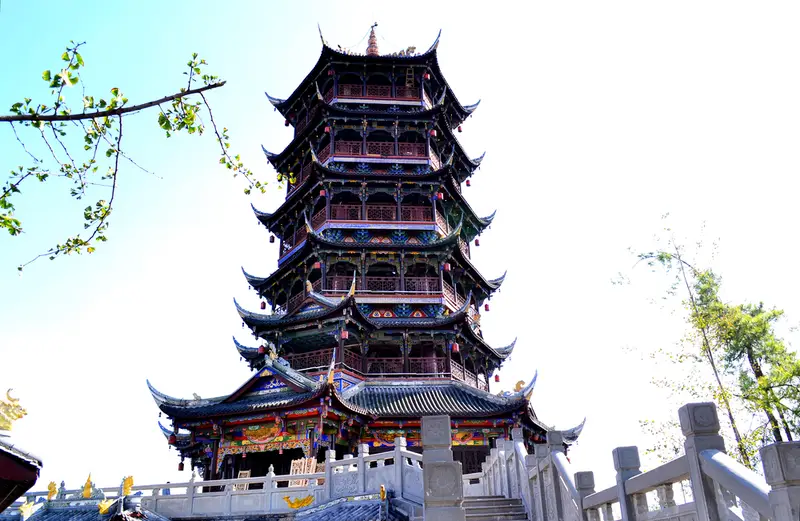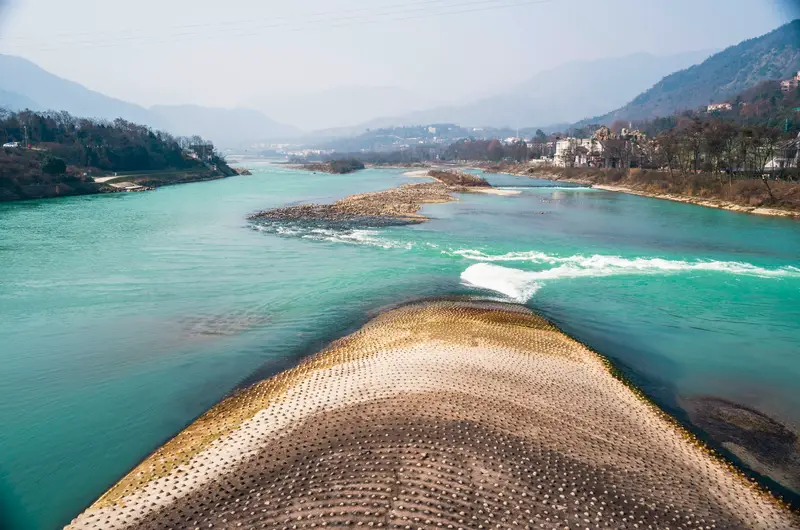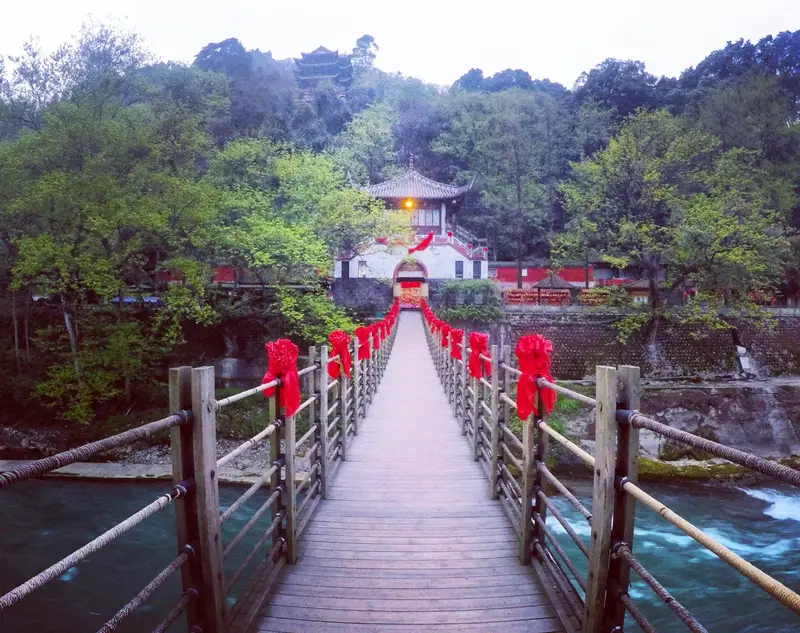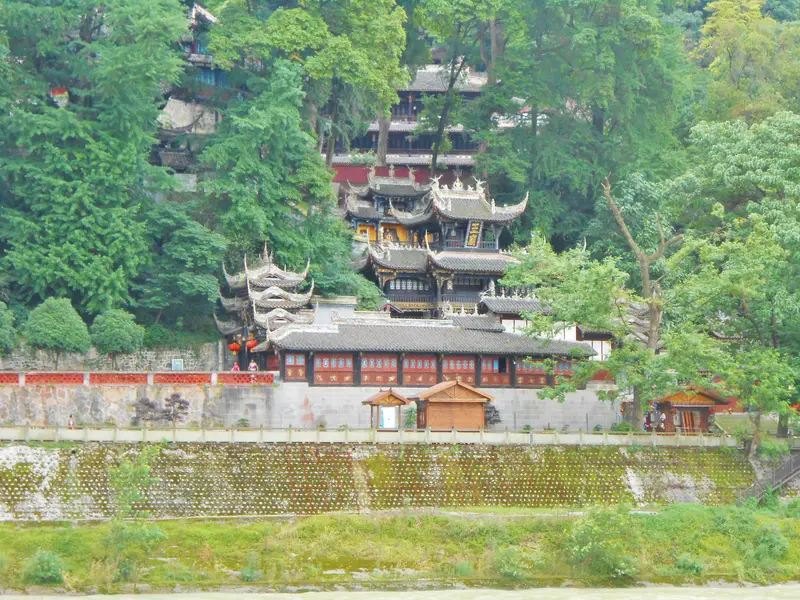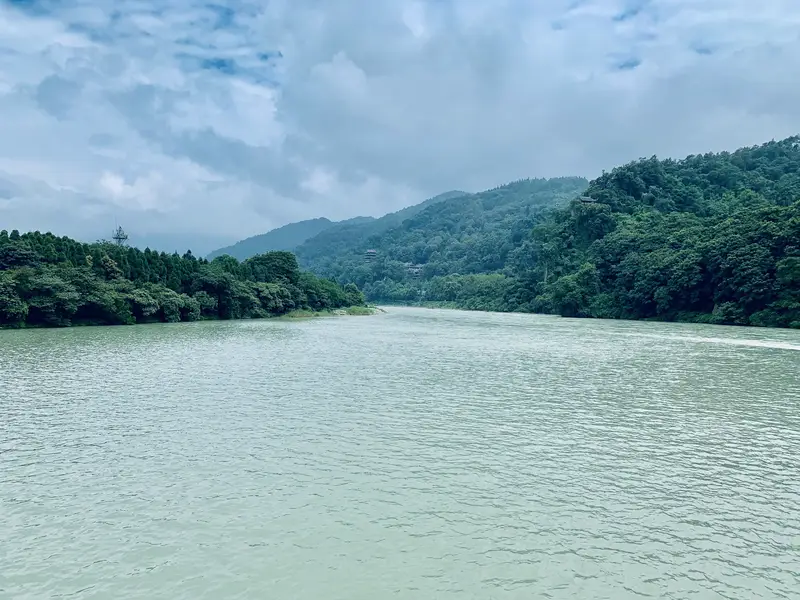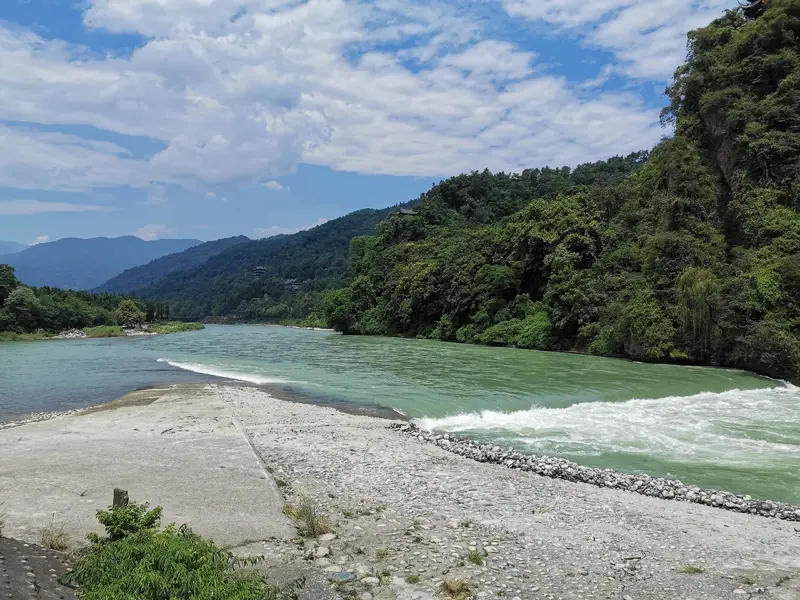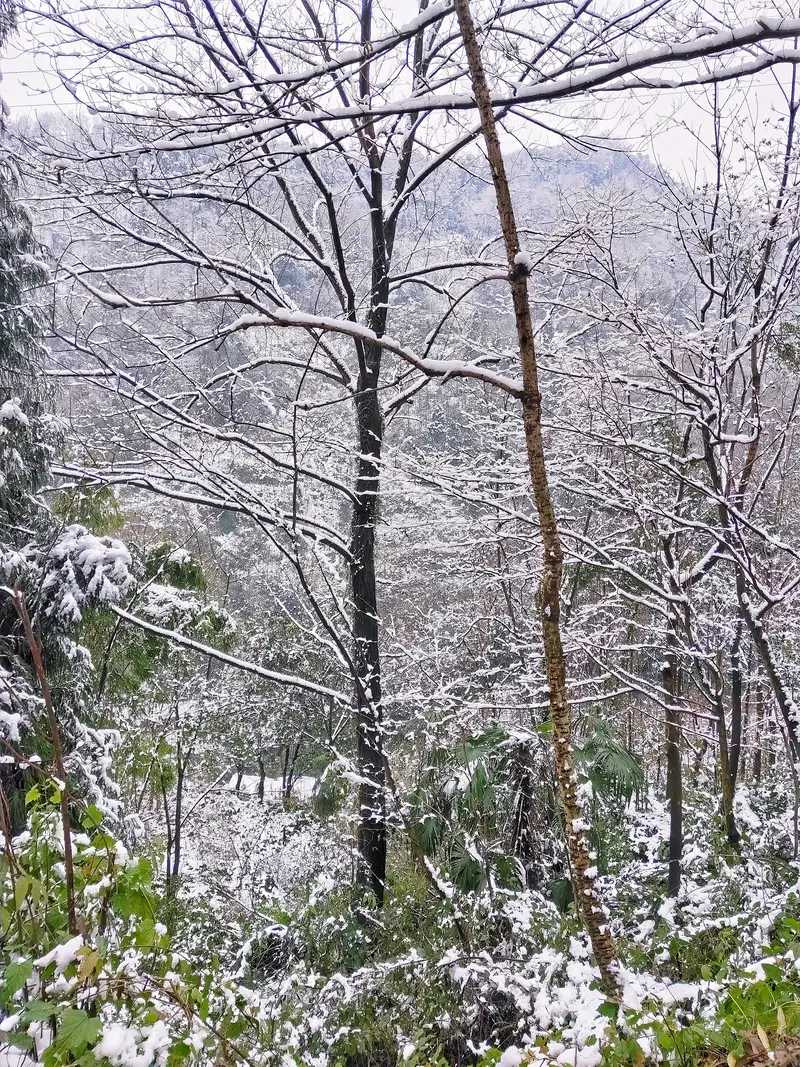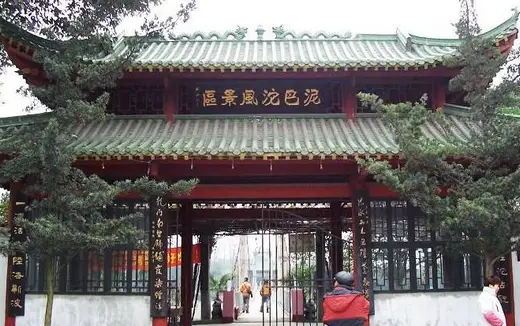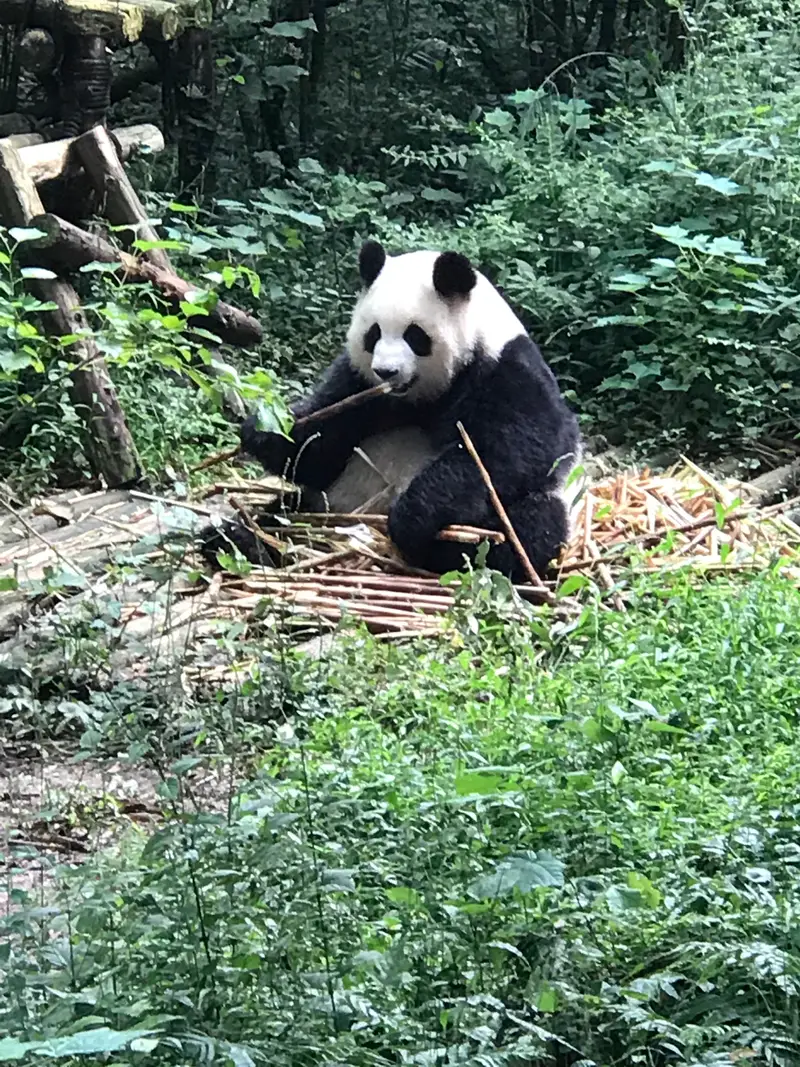Location & Transportation
Zunjing Pavilion sits quietly in the Confucian Temple Park, a hidden gem within the Dujiangyan Scenic Area. To get there, you can first reach Dujiangyan City from Chengdu—it’s about a 1-hour train ride or a 90-minute bus journey. From Dujiangyan’s city center, take a short taxi or景区直通车 (scenic area shuttle) to the entrance of the Dujiangyan Irrigation System. Once inside, follow the signs to the Shuyuan Street (Book Academy Street), where Zunjing Pavilion stands as a peaceful retreat. If you’d rather drive, parking is available near the main gate, but be prepared for a short walk—this spot is deliberately tucked away to feel like a secret.
Natural Scenery: A Green Oasis
Surrounded by towering old trees and moss-covered stone paths, Zunjing Pavilion feels like a step back in time. In spring and summer, the garden bursts with lush greenery, while autumn paints the grounds with golden ginkgo leaves. A small pond near the pavilion reflects its wooden roof and carved beams, creating a perfect spot for photos. Even on busy days, this corner stays calm—think birdsong instead of crowds. The air here is noticeably fresher, thanks to the nearby forests and the irrigation system’s water flow, which cools the area naturally.
Cultural Charm: Confucian Roots
Zunjing Pavilion isn’t just pretty—it’s packed with history. Built during the Qing Dynasty, it was part of a ancient school dedicated to Confucian teachings. The name “Zunjing” means “Respecting the Classics,” referencing the books stored here long ago. Inside, you’ll find traditional wooden carvings of symbols like plump peaches (good luck) and cranes (longevity). Unlike big temples, this pavilion feels intimate, with handwritten scrolls and simple altars. It’s a quieter alternative to the famous Dujiangyan Dam, offering a peek into China’s scholarly past.
Practical Tips: What to Expect
- Accessibility: The pavilion is stroller-friendly, with flat stone paths. Wheelchair users might need help with the occasional step.
- Facilities: Clean restrooms and drinking water stations are nearby. There’s a small tea house serving jasmine tea—perfect for resting after a walk.
- Souvenirs: Pick up hand-painted fans or calligraphy postcards at the park’s gift shop. Prices are reasonable, but cash is preferred.
- Best Time: Mornings are magic here—soft light, fewer tourists, and mist rising over the irrigation canals. Avoid noon if you’re sensitive to heat.
Immersive Experience: More Than a Photo Op
Visiting Zunjing Pavilion isn’t just about ticking off a sight—it’s about slowing down. Sit on the stone benches under the pavilion’s eaves and listen to the wind rustling through bamboo groves. Locals sometimes play guzheng (a traditional instrument) nearby, adding to the serene vibe. If you’re lucky, you’ll spot students practicing calligraphy or elders playing mahjong in the shade. For a deeper dive, rent an audio guide (available in English) to learn about the pavilion’s role in Dujiangyan’s history as a hub for education and engineering.
Why Zunjing Pavilion Stands Out
While Dujiangyan is famous for its 2,000-year-old irrigation system, Zunjing Pavilion offers a different kind of treasure: tranquility. It’s the kind of place where you can escape the “must-see” rush and simply be. Whether you’re into photography, history, or just finding a shady spot to read a book, this pavilion has your back. And hey—if you visit during cherry blossom season, the pink flowers framing the roof make for an Insta-worthy moment!
Pro tip: Pair your visit with a walk along the nearby Lingquan Tower trail for stunning valley views, then end your day with a hot pot dinner in Dujiangyan’s Old Town. Trust me, Zunjing Pavilion will be the highlight of your trip—the one spot that makes you forget you’re in a tourist zone.


